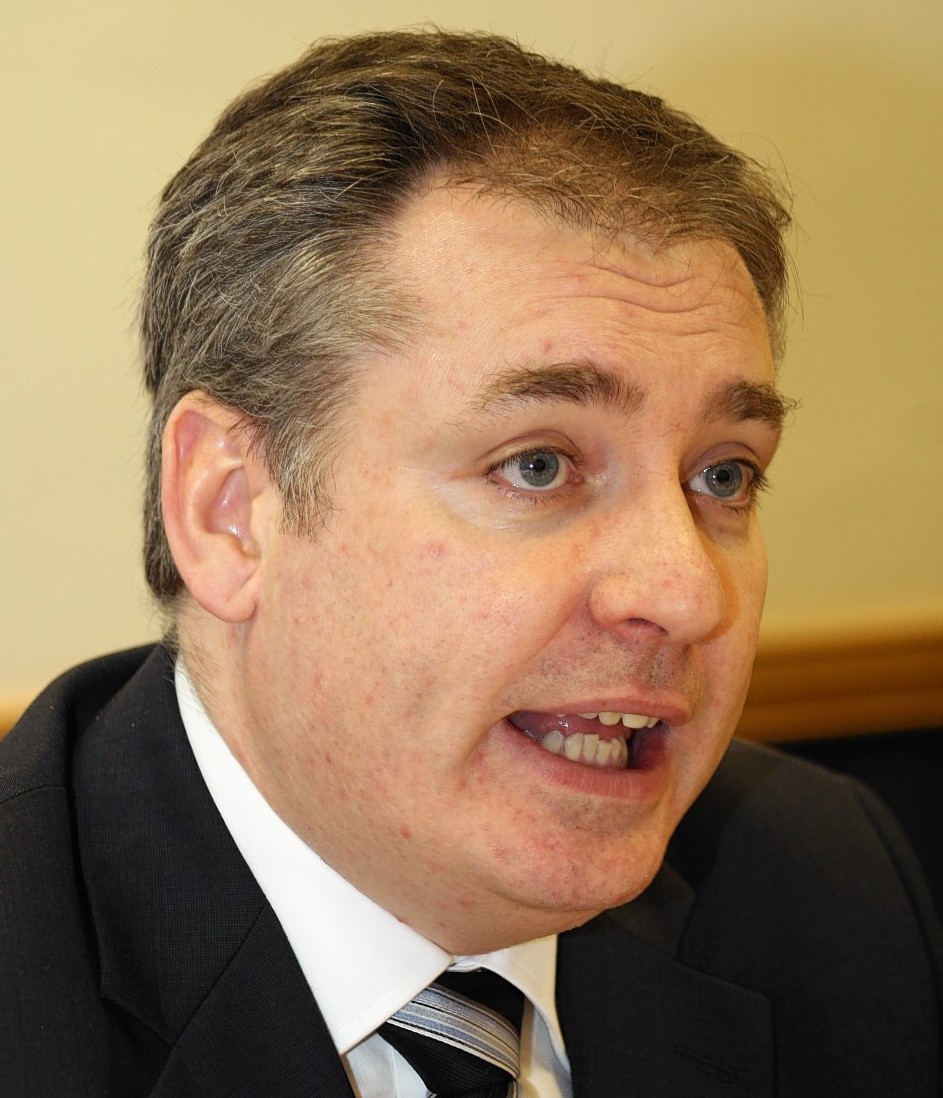The Common Agricultural Policy (Cap) package I announced last week is, I believe, the very best that is possible for Scotland under the extremely difficult circumstances we find ourselves in.
Scotland has an atrocious budget negotiated by the UK Government. We estimate that by 2019 Scotland will only have around 128 euros (£102) per hectare, whereas the minimum for all other member states will be 196 euros (£156). The EU average will be 260 euros (£207) and the UK average will be 225 euros (£180).
This is because the funding formula (based on per hectare) agreed by Europe, only applies to member states. As we don’t have our own seat at the top table, Scotland has lost out on a £850million Pillar 1 uplift alone over the next Cap. Sixteen other countries also negotiated a Pillar 2 uplift but we remain stuck at the bottom of the European funding league tables.
At the same time, we are having to deal with the most radical redistribution of Cap payments ever with the move from historic to area-based payments – a European requirement which cannot be delayed any further. The Scottish Government has left no stone unturned to find the right solutions but it is inevitable that some farmers will gain while others will see their payments go down.
I have looked at every opportunity to mitigate the impact of these challenges on genuine farmers and I am confident that this Cap package will support active farming and food production, protect the environment and support rural communities. At the same time it addresses flaws in the previous Cap such as inactive slipper farmers and new entrants being frozen out.
The speed of transition to the new area-based system is vitally important. New entrants have lobbied for an immediate transition, while farmers whose payments will go down have argued for more time to adapt.
I have listened very carefully to both sides, and believe an overnight transition would pose a real risk to Scottish agriculture – not just primary production but thousands of downstream jobs, in the livestock sector in particular.
Given the level of reduction that many intensive farmers face convergence will be achieved over the 2015 to 2019 scheme years.
New entrants and others disadvantaged by the old Cap will, from day one, go straight on to the regional average for basic payments through the National Reserve. In addition, they will have the same access to young farmer and greening top-ups in Pillar 1 and the full range of support in Pillar 2.
This Cap package is designed to target support at genuine farming activity – those who wear dirty wellies not comfy slippers.
Through the Scottish Clause, land that does not meet our minimum activity requirements will not get Pillar 1 payments. Sporting estates will be added to the negative list to exclude them from receiving direct farm payments unless they can prove they are a genuine farm business.
These measures will remove land with no agricultural activity from the payment regime – currently estimated at 600,000 hectares (1.48million acres).
Basic payments will also be capped at around £400,000 a year after labour costs, a safeguard that fixes the principle that unlimited individual payments cannot be tolerated.
I have also pushed hard, within the constraints of EU rules, to be able to reward the most active farms.
I am splitting rough grazing using existing land classifications to create three payment regions with a coupled support scheme for sheep producers in the third region at the equivalent of around 25 euros (£20) per ewe.
This link to activity is especially important for the beef sector which is worth more than £2billion to the Scottish economy.
Productive beef farmers were high recipients under the old system and their long production cycle means it is hard to change quickly. A gradual transition will help. But I am also retaining 8% coupled support for beef across Scotland, with higher payment rates for beef producers in the islands.
I am also creating a £45million beef improvement package in the first three years of the new rural development programme. This major programme, funded with new Scottish Government money, will ensure that our beef sector has levels of economic and environmental efficiency which will allow it to thrive in the years ahead.
It is true that this new Cap will not please everyone. It will impact some farmers more than others. But in designing this package I have balanced the impacts across farming as a whole.
There are important details to be worked out with stakeholders, and the whole package needs approval from the UK and Brussels.
But I have already heard from farmers, in the north-east and elsewhere Scotland, who are planning to increase their activity to take advantage of the new system. This gives me confidence that this new Cap package lays the foundations for a successful Scottish agricultural industry for years to come.
